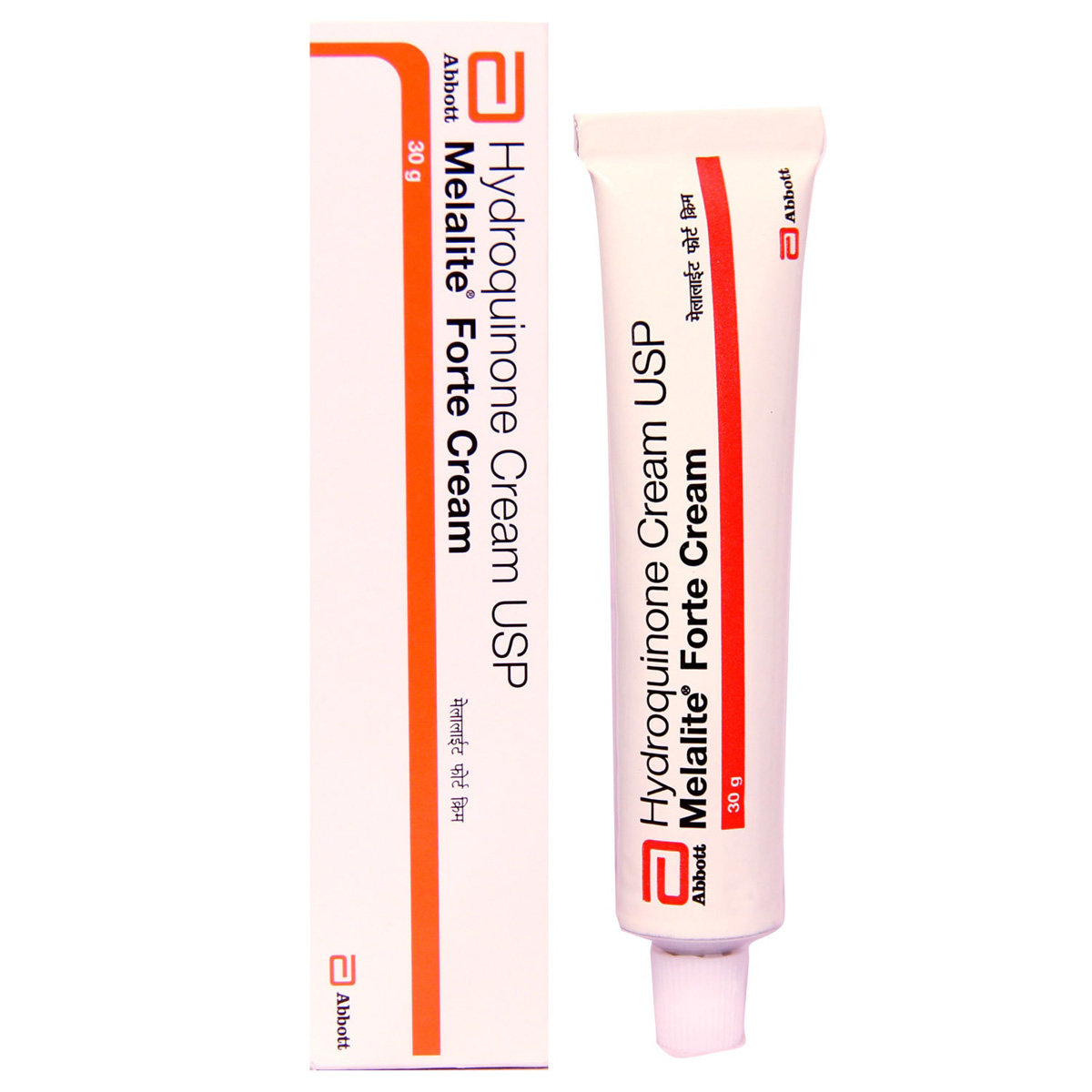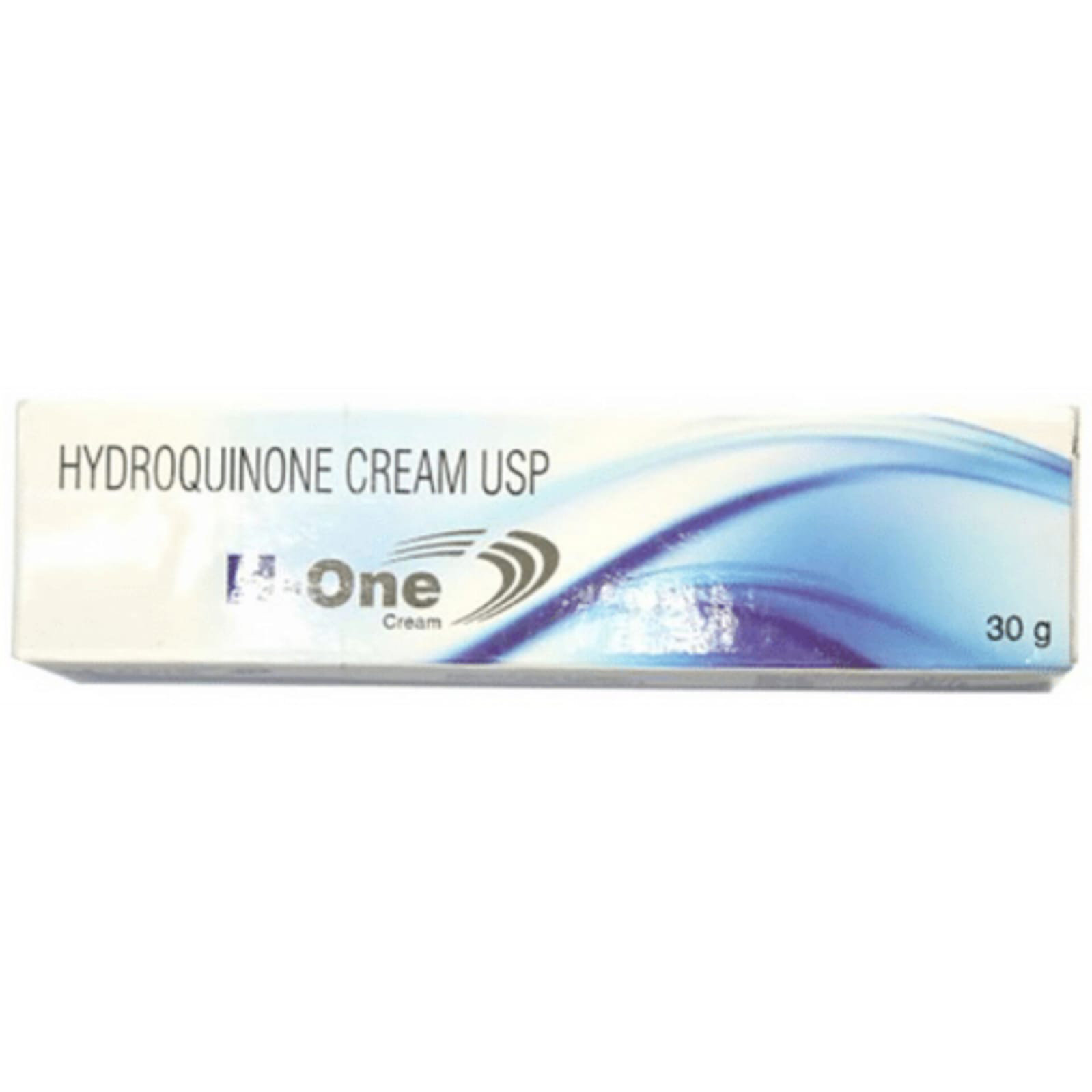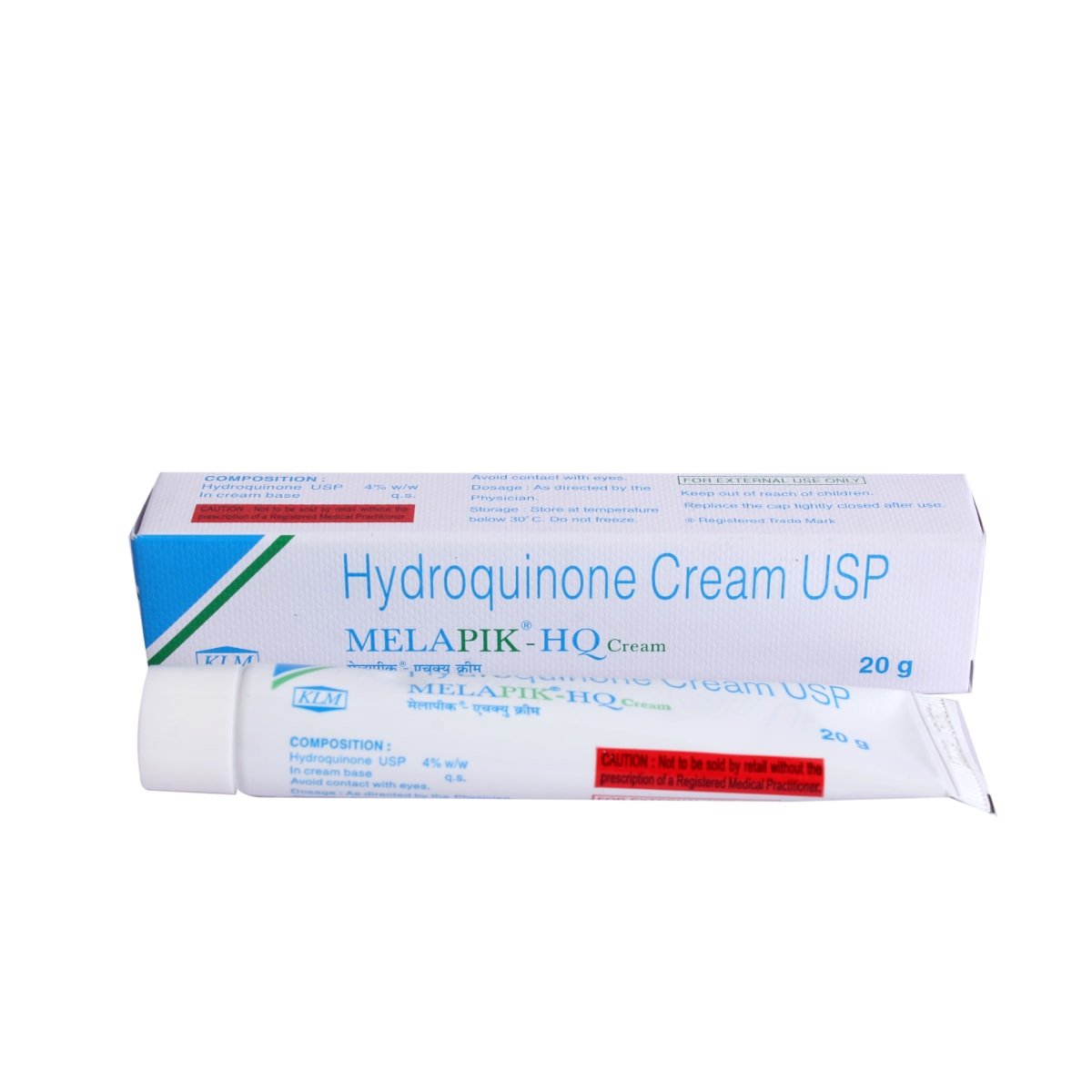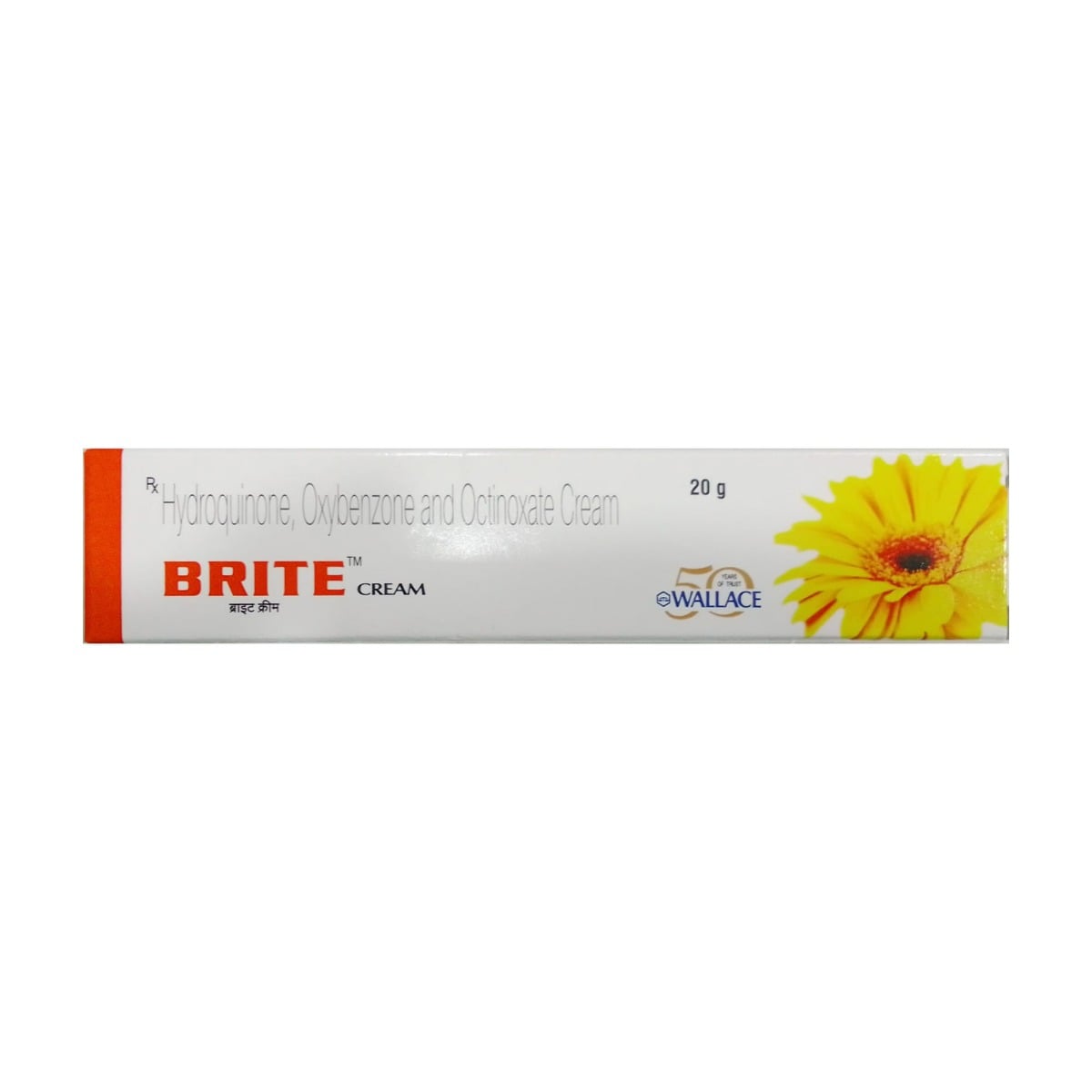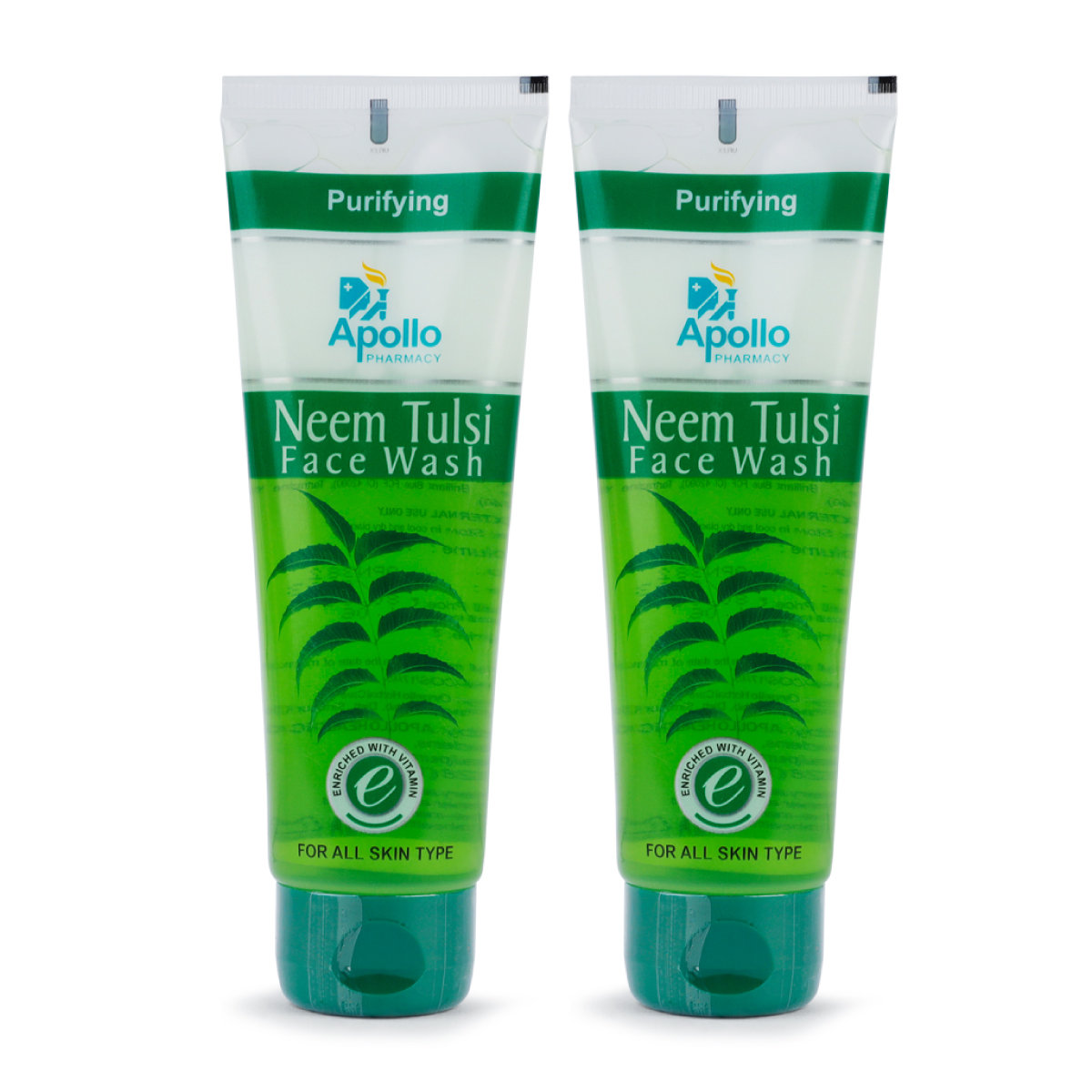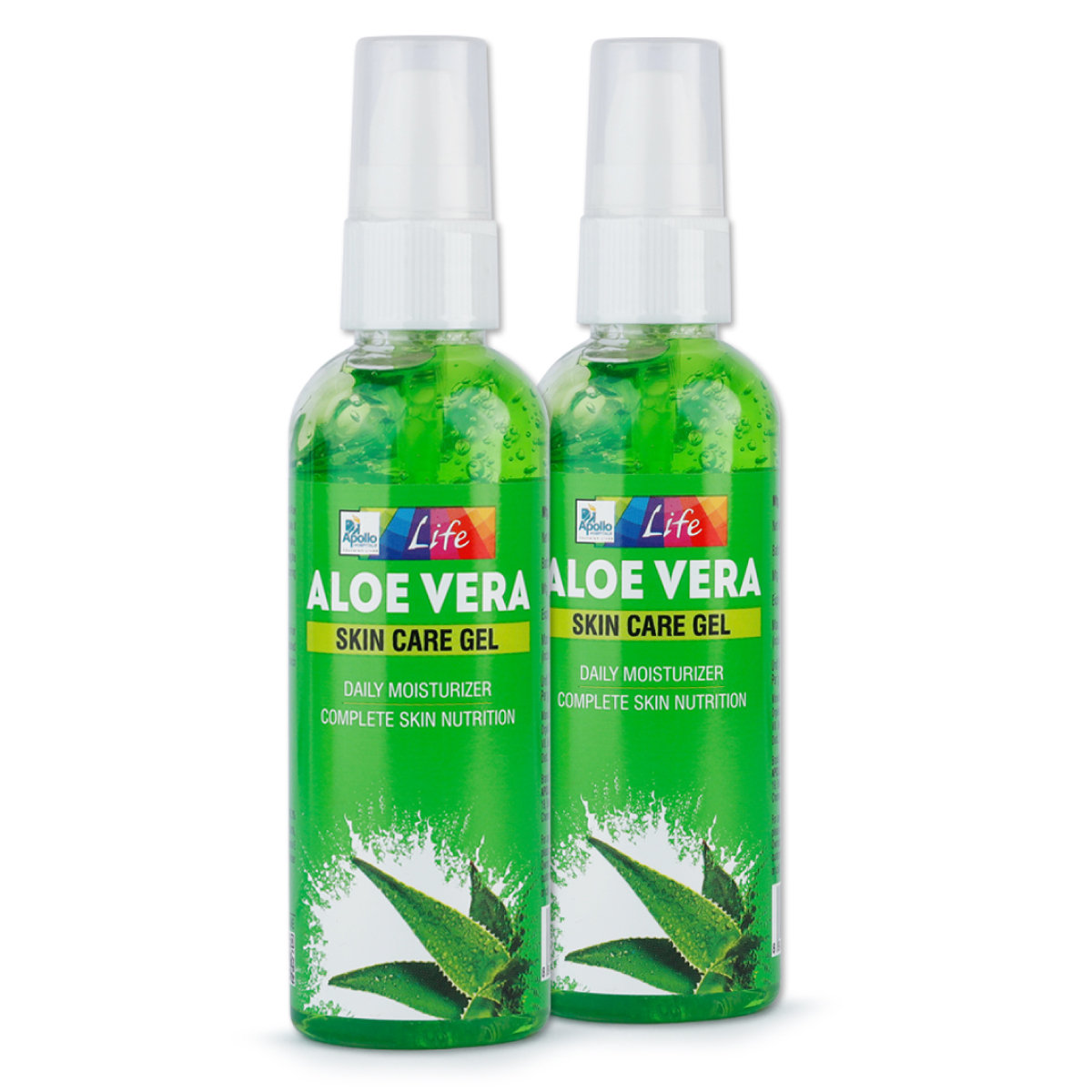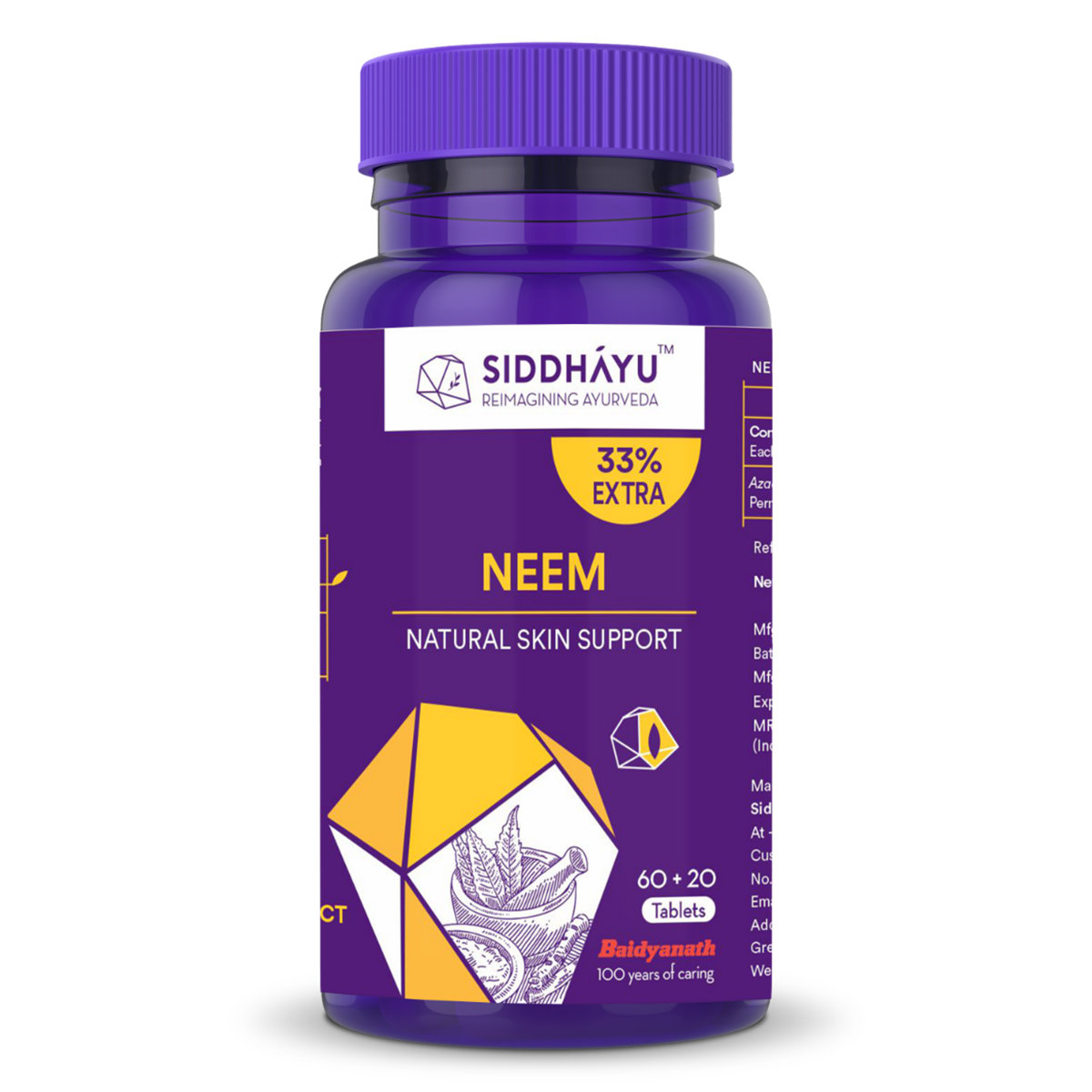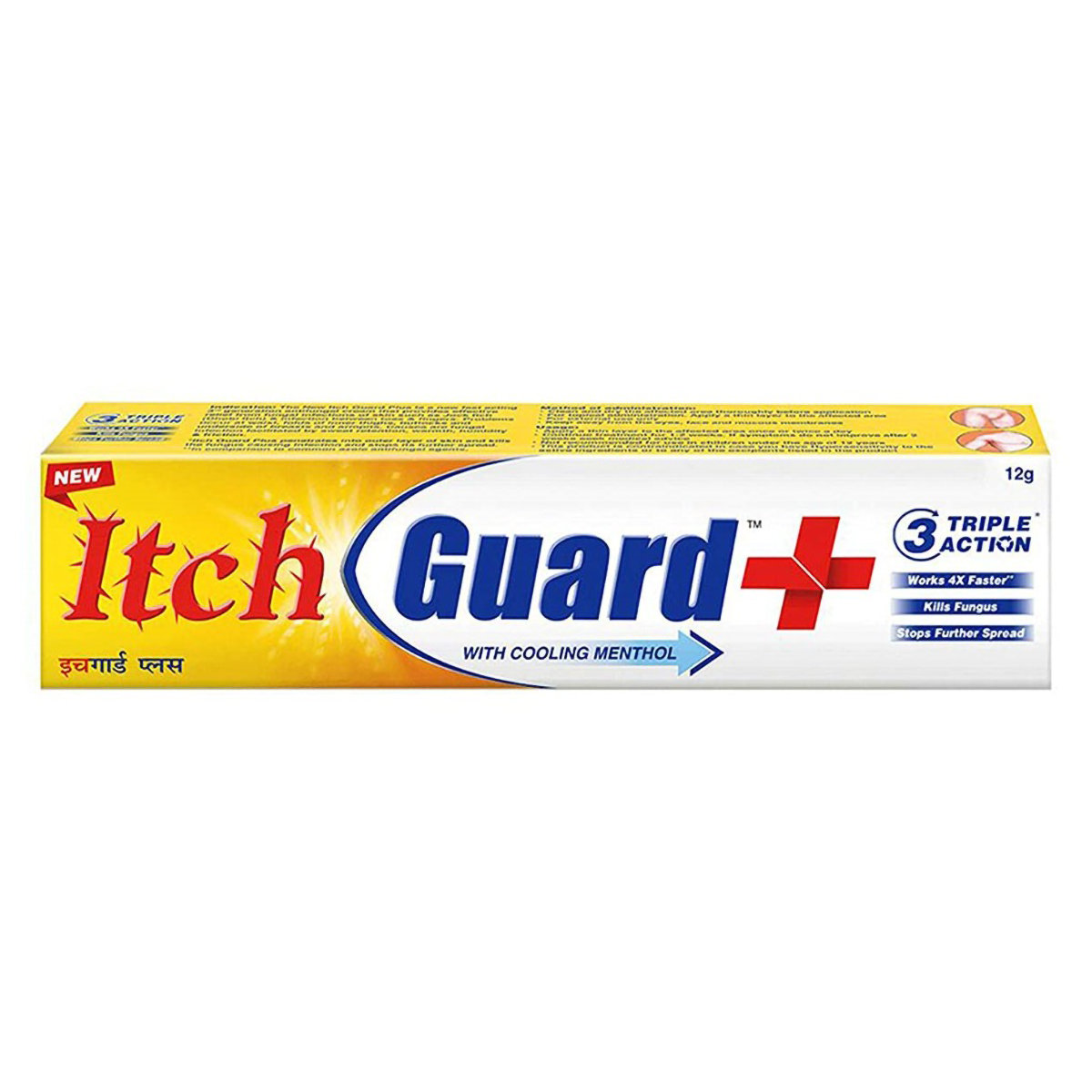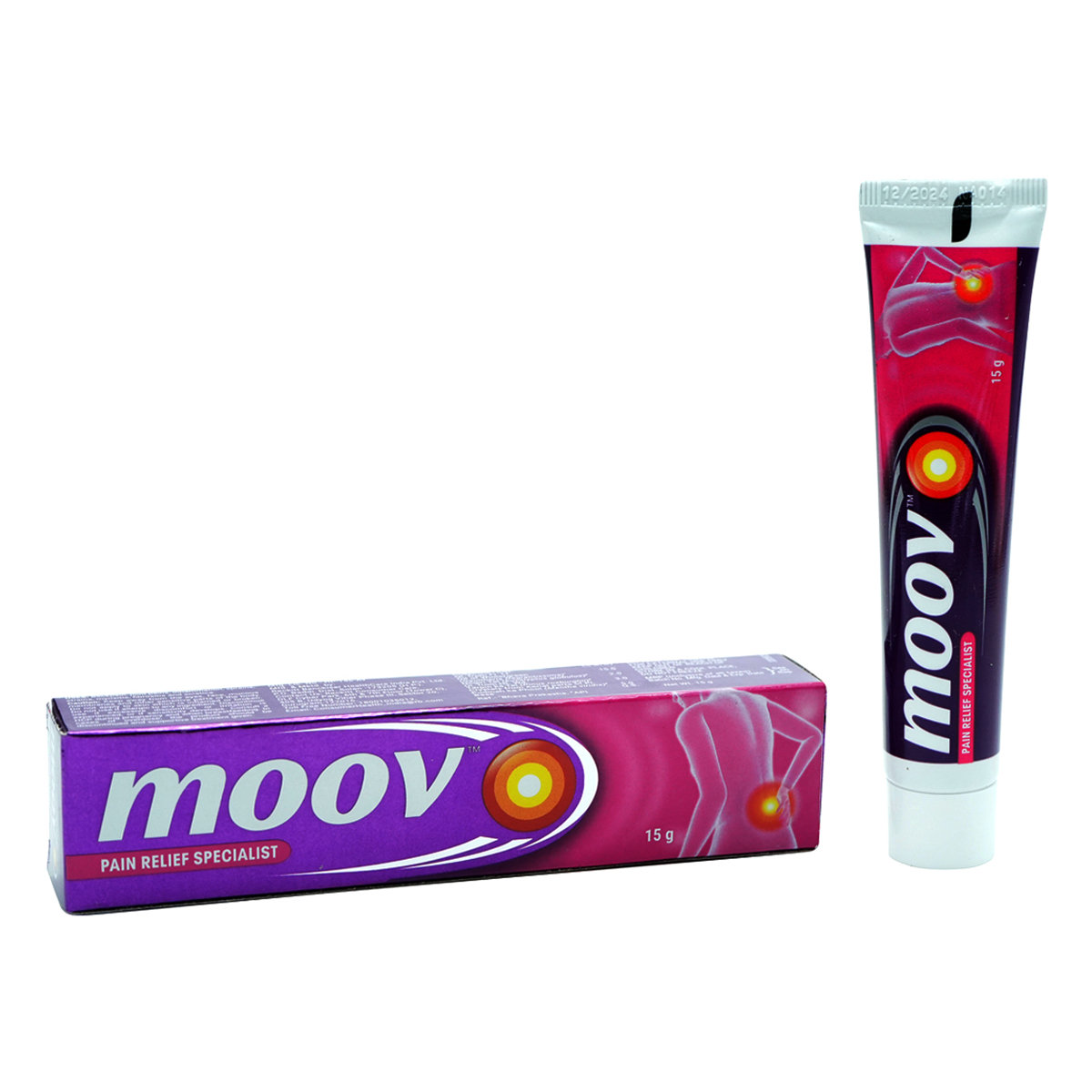Eukroma Cream
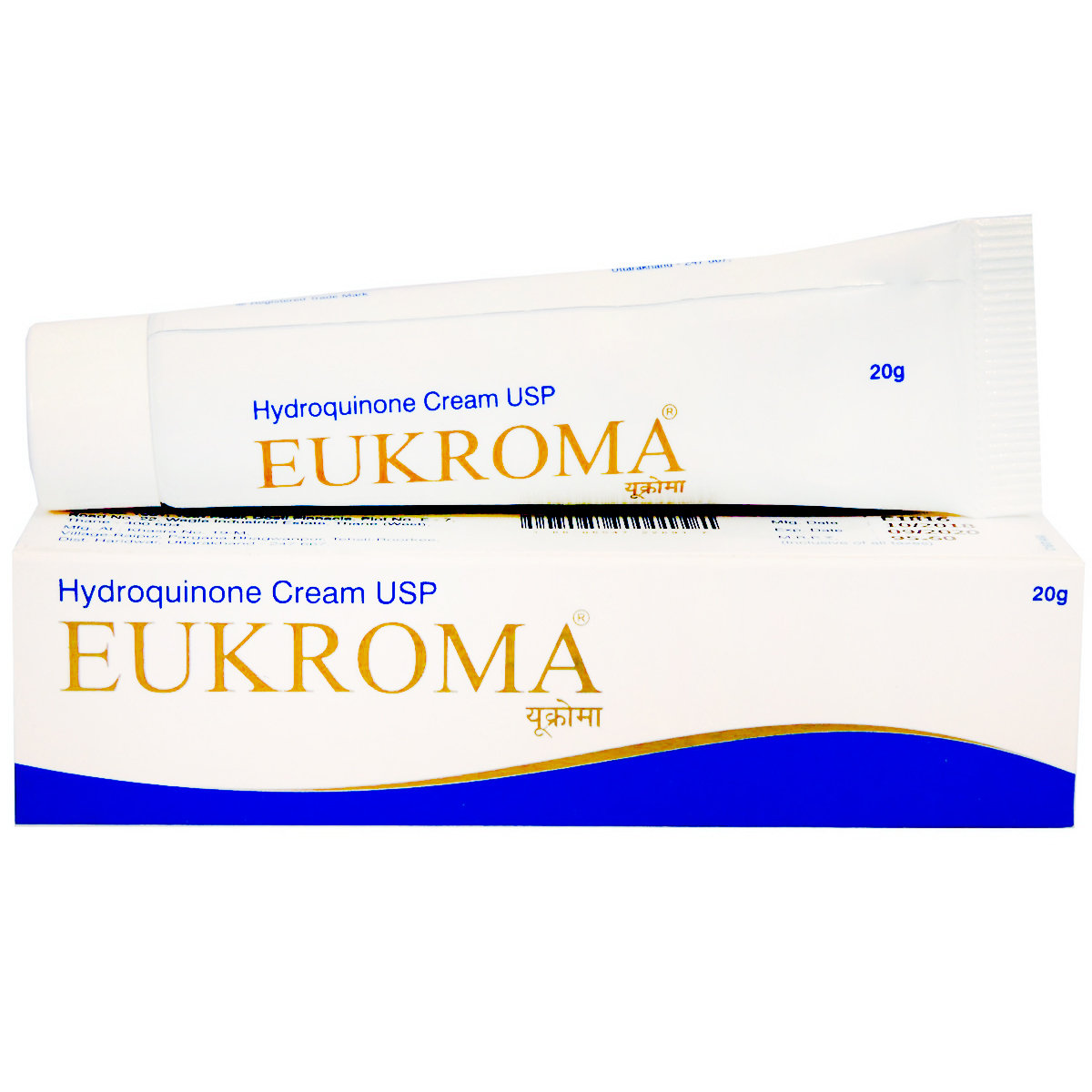
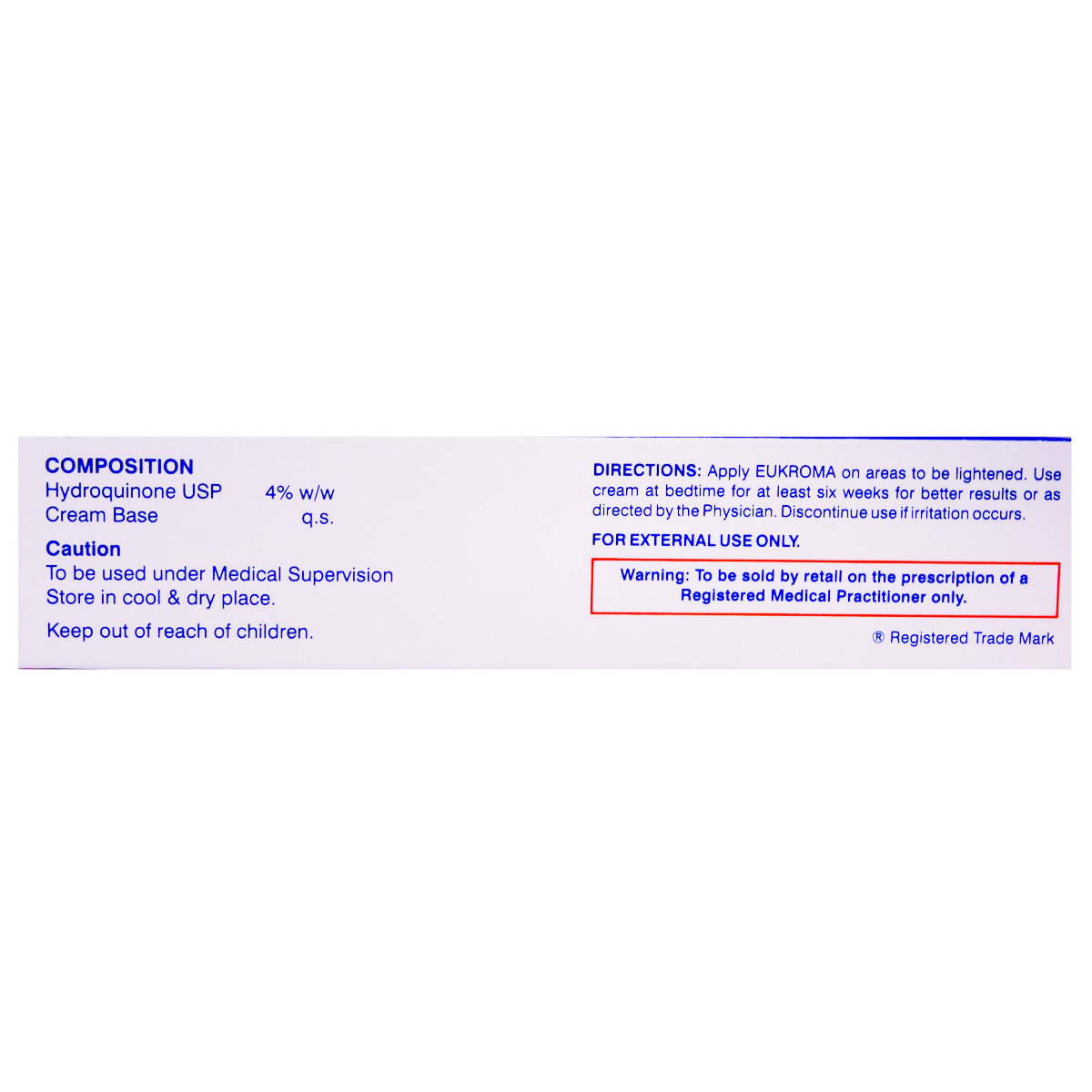
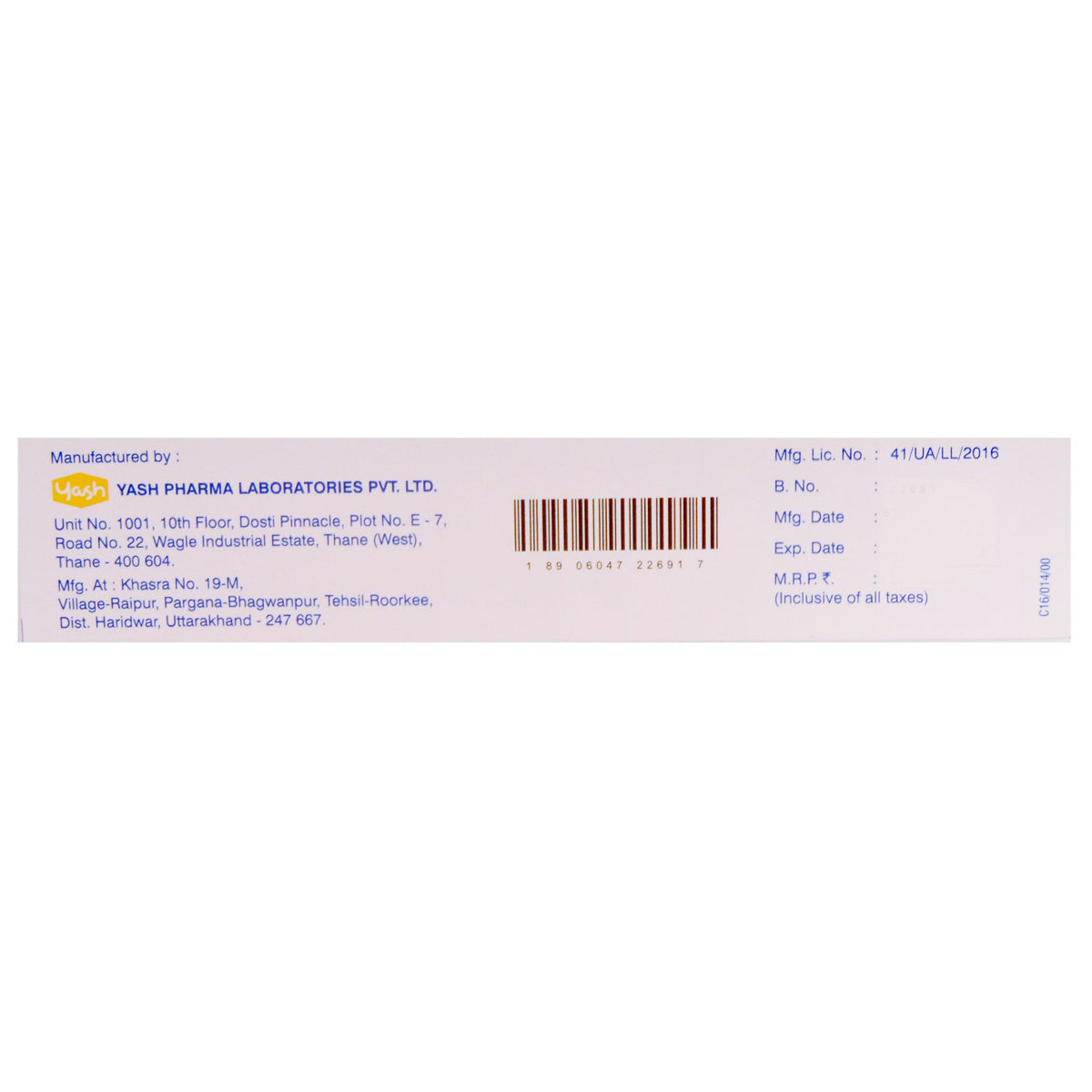

MRP ₹157.5
(Inclusive of all Taxes)
₹23.6 Cashback (15%)
know your delivery time
Provide Delivery Location
Composition :
Manufacturer/Marketer :
Consume Type :
Expires on or after :
Return Policy :

Secure Payment

Trusted by 8 Crore Indians

Genuine Products
Therapeutic Class
Country of origin
Manufacturer/Marketer address
Author Details
We provide you with authentic, trustworthy and relevant information
Disclaimer
Alcohol
Safe if prescribed
The interaction of Eukroma Cream with alcohol is unknown. Please consult a physician before consuming alcohol while using Eukroma Cream.
Pregnancy
Consult your doctor
Eukroma Cream is safe to use in pregnant women. However, please consult a physician if you are pregnant before using Eukroma Cream.
Breast Feeding
Consult your doctor
Eukroma Cream is safe to use in breastfeeding women. However, please consult a physician if you are breastfeeding before using Eukroma Cream.
Driving
Safe if prescribed
Eukroma Cream usually does not affect your ability to drive or operate machinery.
Liver
Consult your doctor
Eukroma Cream is safe in liver patients. If you have any concerns regarding the use of Eukroma Cream in patients with liver problems, please consult a physician.
Kidney
Consult your doctor
Eukroma Cream is safe in kidney patients. If you have any concerns regarding the use of Eukroma Cream in patients with kidney problems, please consult a physician.
Children
Safe if prescribed
Eukroma Cream is should be used with caution in children if recommended by a physician. However, Eukroma Cream is not recommended for children below 12 years of age.
Product Substitutes
About Eukroma Cream
Eukroma Cream belongs to a combination of 'skin cosmetics' primarily used for brighter, more radiant skin complexation. Besides this, it is also used to clears the complexion and acne scars, hyperpigmentation, melasma, and photoaging (premature ageing of the skin caused by repeated exposure to UV radiation). Hyperpigmentation is a skin condition in which patches of skin become darker in colour than the normal surrounding skin. Melasma is a common skin problem that causes dark, discoloured patches on your skin. Dark spots occur when some skin areas start producing more melanin (a natural pigment that gives colour to eyes, hair and skin), ranging from light to dark brown.
Eukroma Cream contains Hydroquinone (skin lightening or bleaching agent) which works by decreasing the amount of melanin (a skin pigment) that is responsible for the darkening of the skin. Eukroma Cream is primarily used to treat melasma (dark brown patch on skin), hyperpigmentation.
Eukroma Cream is for external use only. Avoid contact with eyes, eyelids, lips, mouth, and nose. If the medicine comes in contact with any of these areas, rinse with water immediately. Do not use Eukroma Cream on sunburned, windburned, dry, or irritated skin. Common side effects of Eukroma Cream include dry skin, erythema (skin redness), burning sensation, mild itching, skin irritation. Most of these side effects do not require medical attention and gradually resolve over time. However, if the side effects persist or worsen, please consult your physician.
Avoid using Eukroma Cream if allergic to it. Eukroma Cream can make the skin more sensitive to sunlight, hence always use sunscreen and protective clothing before you step outdoors. Care should be taken while applying Eukroma Cream on sensitive areas, such as the neck. Please limit the use of products that contain large amounts of alcohol (astringents, shaving creams, or after-shave lotions), hair removal products, and products containing lime or spices while using Eukroma Cream. Let your doctor know if you are pregnant, planning to conceive, or a breastfeeding mother. Eukroma Cream is not recommended for children below 12 years of age.
Uses of Eukroma Cream
Medicinal Benefits Mweb
Key Benefits
Eukroma Cream contains ‘Hydroquinone’an skin-lighting agent used to treat skin problems like acne scars, melasma, hyperpigmentation, and photoaging. It also used to treat freckles (small brown spots on the skin), age spots and chloasma (darkened skin caused by hormonal changes). It works by decreasing the amount of melanin (a skin pigment) that is responsible for the darkening of the skin.
Directions for Use
Side Effects of Eukroma Cream
- Dry skin
- Erythema (skin redness)
- Burning sensation
- Mild itching
- Skin irritation
Drug Warnings
Do not apply Eukroma Cream on open wounds or sunburned, windburned, dry, chapped, or irritated skin. If you are allergic to Eukroma Cream or any other medicines, please tell your physician. Eukroma Cream is for external use only. Avoid contact of Eukroma Cream with nose, ears, mouth, or eyes. In case Eukroma Cream comes in contact with these areas accidentally, rinse with water thoroughly. If you are pregnant or a nursing mother, please inform your physician before using Eukroma Cream. Eukroma Cream is not recommended for children below 12 years of age. Eukroma Cream can make the skin more sensitive in the sunlight, hence always use sunscreen and protective clothing before you step outdoors. It is recommended to avoid tanning booths and sunlamps. Do not apply Eukroma Cream in large amounts or use for a long time than recommended as it does not give quick or better results but increases the risk of side effects. If you have asthma, rosacea (redness and often red, small, pus-filled bumps on the face), acne, skin thinning, perioral dermatitis (redness and swelling of the skin around the mouth), ulcerated skin, shingles (a viral infection causing painful rash), eczema (itchy, swelling of the skin) or any other skin condition, inform your doctor before using Eukroma Cream.
Drug-Drug Interactions
Drug-Drug Interactions
Login/Sign Up
Drug-Food Interactions
Drug-Food Interactions
Login/Sign Up
Drug-Diseases Interactions
Drug-Diseases Interactions
Login/Sign Up
Habit Forming
Special Advise
Consult your dermatologist if you do not notice any improvement after 2-3 months of treatment with Eukroma Cream.
Diet & Lifestyle Advise
- Include protein-rich foods such as yoghurt, chicken and eggs in your diet as there is a loss of protein through burn wounds and the breakdown of muscles to produce extra energy for the healing process. The additional protein is required to rebuild lost muscle.
- Add more carbohydrates to your diets such as potatoes, beans and rice as glucose in carbohydrates is essential for healing.
- Eat foods rich in quercetin (a flavonoid) such as apples, cherry, broccoli, spinach and blueberries.
- Drink plenty of water to stay hydrated and avoid drinking sugary beverages.
- Always wear full clothes or use sun protection before going under the sun, it will protect your skin from sun damage.
- Do not use harsh products on your skin as it damages your skin.
- Keep your skin moisturized to avoid dry skin.
All Substitutes & Brand Comparisons
RX
Out of StockKolite Forte Cream
Canbro Healthcare
₹55.1
(₹1.65/ 1gm)
76% CHEAPERRX
Hypig Cream 30 gm
Dermocare Laboratories Gujarat Llp
₹78.5
(₹2.36/ 1gm)
66% CHEAPERRX
Hydi Cream 30 gm
Atopic laboratories Pvt Ltd
₹84
(₹2.52/ 1gm)
64% CHEAPER

Have a query?
Buy best Dermatology products by
Glenmark Pharmaceuticals Ltd
Sun Pharmaceutical Industries Ltd
Klm Laboratories Pvt Ltd
Cipla Ltd
Canixa Life Sciences Pvt Ltd
Abbott India Ltd
Ajanta Pharma Ltd
Intas Pharmaceuticals Ltd
Dr Reddy's Laboratories Ltd
East West Pharma India Pvt Ltd
Alkem Laboratories Ltd
Atopic laboratories Pvt Ltd
Hegde & Hegde Pharmaceutica Llp
Brinton Pharmaceuticals Ltd
Torrent Pharmaceuticals Ltd
Amwill Healthcare Pvt Ltd
Leeford Healthcare Ltd
Palsons Derma Pvt Ltd
Oaknet Healthcare Pvt Ltd
Med Manor Organics Pvt Ltd
Micro Labs Ltd
Dermocare Laboratories Gujarat Llp
Fixderma India Pvt Ltd
Apex Laboratories Pvt Ltd
Mankind Pharma Pvt Ltd
Ipca Laboratories Ltd
Yaher Pharma
Systopic Laboratories Pvt Ltd
Menarini India Pvt Ltd
Ethinext Pharma
Nemus Pharmaceuticals Pvt Ltd
Skinocean Pharmaceuticals
Dermacia Healthcare
Inex Medicaments Pvt Ltd
Lupin Ltd
GlaxoSmithKline Pharmaceuticals Ltd
Talent India Pvt Ltd
Zydus Cadila
Kivi Labs Ltd
Zydus Healthcare Ltd
Hbc Dermiza Healthcare Pvt Ltd
Mrhm Pharma Pvt Ltd
Regaliz Medicare Ltd
Sol Derma Pharmaceuticals Pvt Ltd
Newtrimed Healthcare Pvt Ltd
Wallace Pharmaceuticals Pvt Ltd
Eskon Pharma
Glowderma Lab Pvt Ltd
La Pristine Bioceuticals Pvt Ltd
Mohrish Pharmaceuticals Pvt Ltd
Percos India Pvt Ltd
Rockmed Pharma Pvt Ltd
Macleods Pharmaceuticals Ltd
Praise Pharma
Ethicare Remedies Pvt Ltd
Kaizen Drugs Pvt Ltd
Aurel Biolife
Rely On Pharmaceuticals
Wockhardt Ltd
Galcare Pharmaceuticals Pvt Ltd
Elder Pharmaceuticals Ltd
Indiabulls Pharmaceuticals Pvt Ltd
La Med Healthcare Pvt Ltd
Biocute Life Care
Yap Bioceuticals
Yash Pharma Laboratories Pvt Ltd
Zee Laboratories Ltd
Apple Therapeutics Pvt Ltd
Adonis Laboratories Pvt Ltd
Albatross Healthcare Pvt Ltd
Galderma India Pvt Ltd
Prism Life Sciences Ltd
FDC Ltd
Alniche Life Sciences Pvt Ltd
Salve Pharmaceuticals Pvt Ltd
West Coast Pharmaceuticals Pvt Ltd
Dermarex HealthCare India Pvt Ltd
Arka Vital Science Pvt Ltd
Dermajoint India
Gary Pharmaceuticals Pvt Ltd
Grace Derma Healthcare Pvt Ltd
Karlin Pharmaceuticals & Exports Pvt Ltd
Skinska Pharmaceutica Pvt Ltd
Uniza Healthcare Llp
Alembic Pharmaceuticals Ltd
Cadila Healthcare Ltd
Cadila Pharmaceuticals Ltd
Cosmofix Technovation Pvt Ltd
Human Pharmaceuticals
Indolands Pharma Pvt Ltd
Lyra Laboratories Pvt Ltd
Akumentis Healthcare Ltd
Entod Pharmaceuticals Ltd
Iceberg Health Care Pvt Ltd
Jenburkt Pharmaceuticals Ltd
P and P Dermaceuticals Pvt Ltd
Dabur India Ltd
Indchemie Health Specialities Pvt Ltd
Olcare Laboratories Pvt Ltd
Unison Pharmaceuticals Pvt Ltd
BODY CREAM
Body Lotion
Face Cream
Shampoo
Sun Screen
Face Gel
Soap
Face Wash
HAIR SOLUTION
Face Serum
BODY GEL
Hair Lotion
Hair Serum
Dusting Powder
ANTISEPTIC
FACE CLEANSER
Face Lotion
Body Wash
Body Spray
Eye Cream
FUNGAL INFECTION
Foot Cream
Conditioner
Eye Gel
Cleanser
Hair Cream
Hair Oil
Face Mask
Hair Gel
Sanitizer
Hair Spray
Moisturiser
Skin Ointment
Lip Balm
Capsule
Eye Serum
Intimate Wash
Specialty Supplements
Hand Cream
Facial Spray
SPECIALITY SUPPLEMENT
Face Toner
MEDICATED SHAMPOO
Tablet
Talcum Powder
BABY SUNSCREEN
Body Butter
Body Scrub
DIAPER RASH CREAM
EYE SOLUTION
FACIAL WIPE
Gargle
Hand Wash
Intimate Spray
Lip Serum
Lubricant Gel
MEDICATED CREAM
Nail Polish
VITAMIN D
Frequently Bought Together
₹587.2
MRP ₹699
16% off
1
+Customers Also Bought





